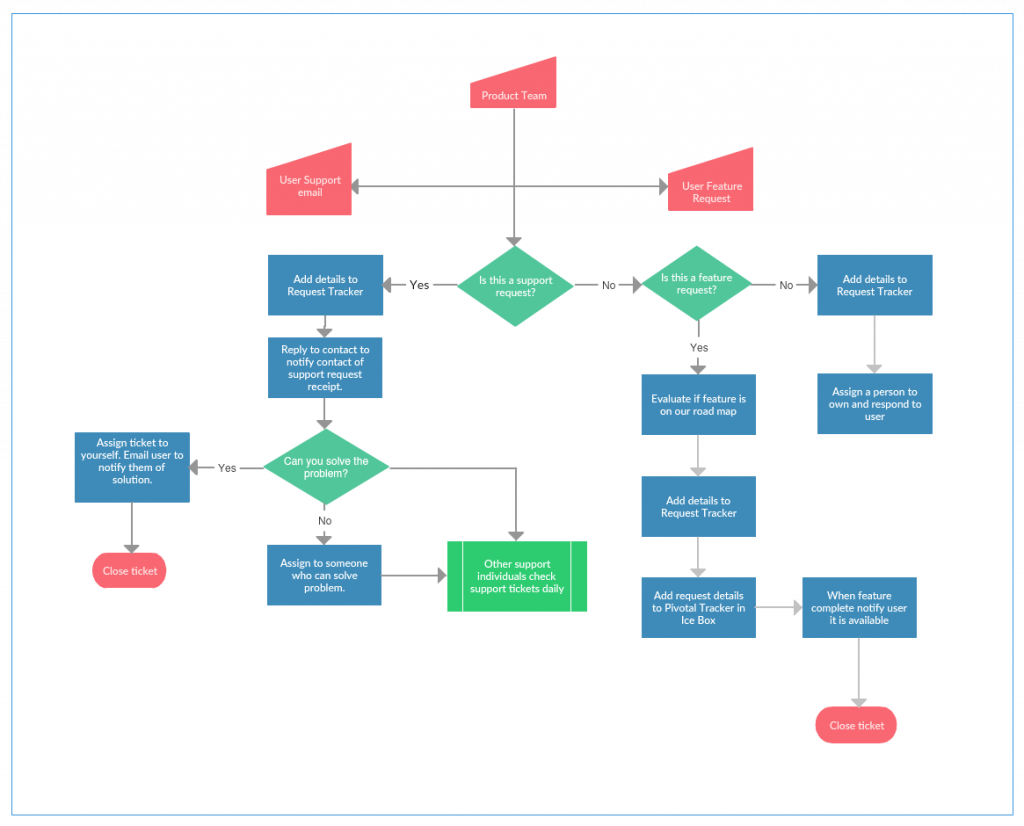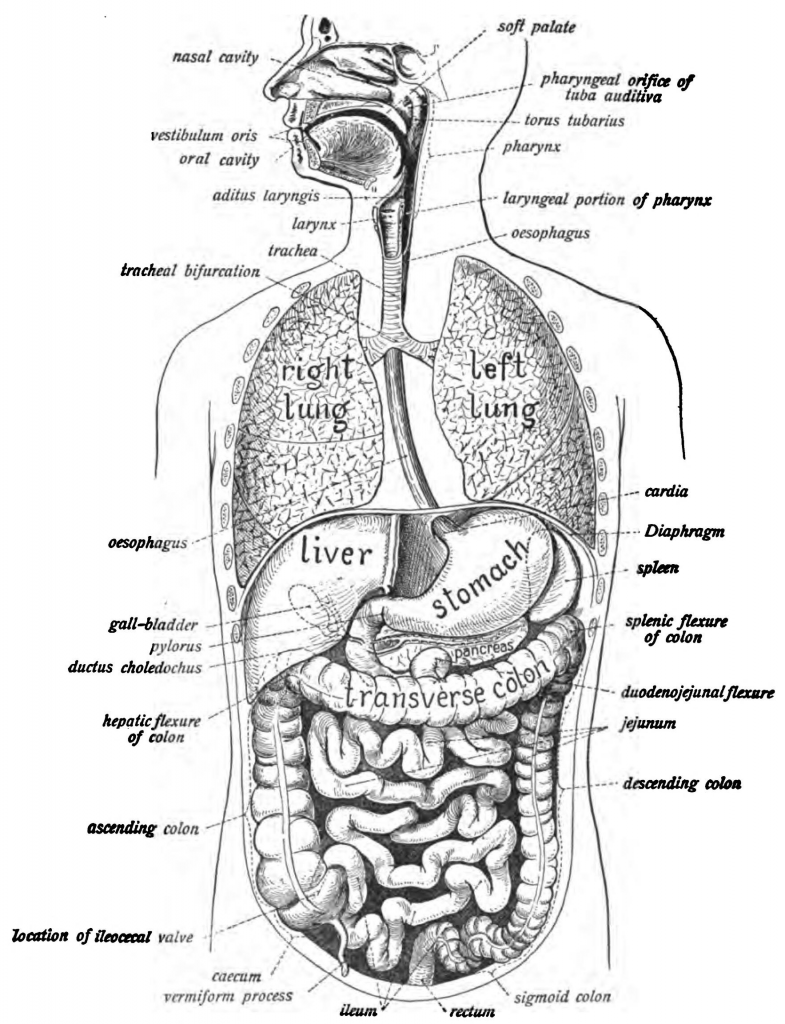What is a process map?
It is nothing but a management tool that describes the flow of work on paper. It shows what work is done, who and what is involved in the process and as a result provides a holistic view of the entire organisation, process by process. This effectively reveals processes in the organisation that may have been duplicated, redundant or simply could be done in a better way. The first part of solving a problem is to figure out the problem accurately. A process map helps to diagnose such problems in the process flow of the organisation.

So now that we have an idea of the process map, let’s get into the details starting with the question, “What are processes?”
The dictionary definition of the word “process” is “a series of actions or steps taken to achieve a particular end.”
A process combines and synergizes with other processes to give rise to a function. These functions then through synergy, form a larger entity which comprises of these functions. Let’s illustrate the same through a couple of examples.

A business (the big entity) is a combination of various functions working together, such as accounts, supply chain management, production, procurement, logistics, HR, etc. Each of these functions is a combination of various processes. Accounts at its most basic form would have a process that looks as follow:
Obtain transaction details -> Record transaction details -> Group similar transactions -> Present a meaningful summary of the records

Another place where this relationship holds is the human body. The human body consists of numerous functions such as circulatory, respiratory, digestive and excretory to name a few. Each is a combination of various processes. Respiration begins with breathing in and ends with breathing out, with countless other processes in the middle such as absorption of oxygen, transport to the cells (overlaps with circulatory function) etc.
Due to the intricacies of the relationship of each of the processes with each other, it only makes sense if we could simplify the relationships between each process before making any top-level decisions and communicate them to the team members.

Enter the process map! A process map does exactly this and therefore is an invaluable tool in any decision maker’s arsenal.
Listed below are instances where process maps are generally used:
- Increasing the understanding of the process
- Analysing points for improvement in the existing processes
- Improving communication among team members involved in the process
- Providing a form of documentation which provides clarity to the users and serves as a record for future reference
- Planning a project from ground zero
We now know when the process map is generally used. But what about its benefits? Is there any benefit of using these? Read on.
A process map helps the management to understand the important characteristics of a process, by providing them with helpful data on which they can base their decisions. It also enables them to ask key strategically important questions that help to improve any process.
A process map helps to identify problems and possible solutions. It also helps to identify redundancies or inefficient practices in existence which are then resolved with the help of experienced advisors.

A process map also gives a visual form of communication of the ideas, information and data. This also lays down the entire process from start to finish on one sheet of paper. A good process flow chart also includes all the detailed connections and sequences leaving out no important detail.
As a business gets larger the processes get more and more complicated as well as interrelated. When process planning is not done properly, there may be instances when a process is being done more than once in a process flow which leads to duplication of work and waste of resources. Yet another example where process mapping plays a key role in planning.

A very good example of this would be a large and growing city. When a city is small, not much of planning would be required. The roads would be simple and not much of traffic present. But when the city gets larger and larger, planning gains the utmost importance. A badly planned city will clog itself until its growth gets stunted whereas a well-planned city will continue to grow and prosper for centuries. This is exactly how it works in the world of business.
We at Leap believe that to provide the best planning solutions, we should use the best tools available. Process mapping is one such tool that we at Leap Excellence deploy to better understand and help our clients.
